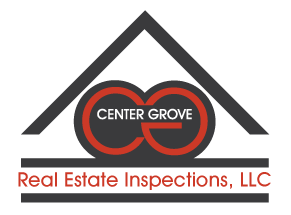Many homeowners have anxiety of what could be problems with their home. Are the noises I hear at night before I go to bed a real problem with my home? Should I be worried? Sometimes, it’s important to be on alert when it comes to minor issues with your home. If you understand that attacking the minor problems early on can save you time and money down the road, you’ll be in good shape as a responsible homeowner.
Sometimes,homeowners may push those thoughts away, which can turn into an issue. Take, for example, when you’re considering making an offer on a new home. You may not have a detailed understanding of the property’s history, and it’s not uncommon for sellers to shield that kind of information from potential buyers.
But rather than ripping down walls or pulling up floors for an inspection, there is one non-invasive, non-destructive process that can reveal the inner-workings of any current or prospective home. It’s called infrared imaging, and it’s a next-generation process designed to identify household flaws (ideally before they happen).
So, how exactly does it work?
On our end, a trained specialist employs the use of an infrared (IR) camera, and from there, a host of invisible defects may suddenly be illuminated. From insulation gaps and air leaks, to moisture intrusion, thermal bridges and bypasses, IR cameras locate problems that are otherwise undetectable by the human eye.
For the past 30 years, this technology has been employed in countless residential and commercial settings, helping to curb many possible issues before they become cause for serious concern. IR cameras are designed to pinpoint structural, electrical and heating oversights by analyzing how the heat is circulating through your building.
Put simply, thermal imaging can help you uncover a number of flaws, some of which are more serious than others. To offer some quick guidance, we’ve compiled a shortlist of just a few of the home issues that can be revealed by thermography:
- Overloaded and undersized circuits
- Circuit breakers in need of replacement
- Missing, damaged and/or wet insulation
- Heat loss and air infiltration in walls, ceilings, floors, windows and doors
- Water and moisture intrusions
- Pest infestations
- Roof Leaks
- Air conditioner compressor leaks
- Broken seals in double-pane windows
- Dangerous flue leaks
- Damaged and/or malfunctioning radiant heating systems
- Hidden plumbing leaks
- Overheated equipment
Check out this video from our YouTube channel to learn more! Contact Center Grove Real Estate Inspections at 317-313-5362 today or visit us online for more information about our inspection services.

Leave a Reply